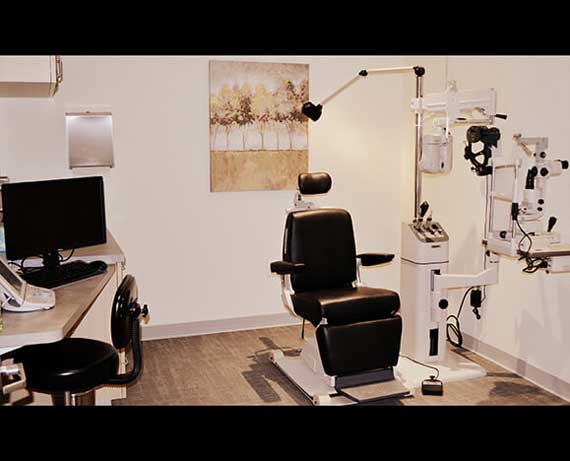Astigmatism is a prevalent refractive error characterized by an irregular curvature of the cornea or lens in the eye, leading to blurred or distorted vision. This condition can accompany other refractive issues like nearsightedness or farsightedness and is manageable through several treatment options, depending on its severity and the patient’s lifestyle and preference.

Understanding Astigmatism
Astigmatism occurs when the eye’s cornea or lens has an uneven curvature, causing light rays to focus on multiple points either in front of or behind the retina, or both. This abnormality can lead to blurred vision at all distances. Many individuals may experience mild astigmatism without noticeable symptoms, whereas others might require correction to achieve optimal vision.
Diagnosis and Initial Assessment
A comprehensive eye examination by an optometrist or ophthalmologist is required to diagnose astigmatism. This exam typically includes a visual acuity test, which assesses the clarity of your vision at various distances and refraction tests to determine the correct lens prescription. Advanced imaging techniques, such as corneal topography, may also be used to gain detailed images of the eye, providing a full understanding of the specific characteristics of one’s astigmatism.
Corrective Lenses: Eyeglasses and Contact Lenses
Corrective lenses are the most common and non-invasive treatment for astigmatism. Eyeglasses with specially designed lenses can effectively compensate for the uneven curvature of the cornea or lens. For those who prefer not to wear glasses, contact lenses offer an alternative solution. Toric lenses, specifically designed for astigmatism correction, provide a wider field of vision and can accommodate varying levels of astigmatism. Options also include rigid gas-permeable lenses, hybrid lenses combining the clarity of hard lenses with the comfort of soft lenses, and scleral contact lenses for more severe cases.
Refractive Surgery
For individuals seeking a more permanent solution, refractive surgery can reshape the cornea, thus correcting the path of light entering the eye. LASIK (Laser-Assisted In Situ Keratomileusis) and PRK (Photorefractive Keratectomy) are the most commonly performed surgeries for astigmatism. These procedures use a laser to precisely adjust the cornea’s shape for clearer vision. It’s essential to have a thorough evaluation to determine if you’re a suitable candidate for refractive surgery, as factors such as corneal thickness and overall eye health can influence suitability and outcomes.
Making the Right Choice
Selecting the most appropriate treatment for astigmatism depends on various factors such as the severity of the astigmatism, your age, lifestyle, and personal preferences. A thorough consultation with your eye care provider can guide you through the options, helping you choose a treatment that best suits your needs and leads to improved vision and quality of life.
Ready to Address Your Astigmatism?
At Six One Six Vision Center, we’re committed to providing top-notch eye care and helping our patients achieve the best vision possible. Whether you’re exploring corrective lenses for the first time or considering refractive surgery, our experienced team is here to guide you through each step. Don’t let astigmatism blur your view of life’s beautiful details.
Contact Us Today!
If you’re experiencing symptoms of astigmatism or it’s time for your regular eye check-up, we encourage you to reach out. Schedule an appointment with us by calling or texting us at (208) 514-1858 or schedule online anytime. Our friendly staff at Six One Six Vision Center is ready to assist you with your eye care needs in Eagle, ID, and help you see the world with clarity.




